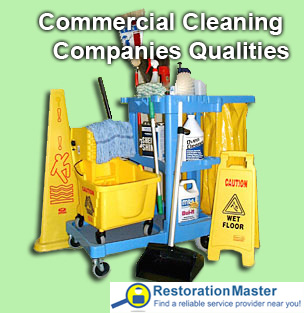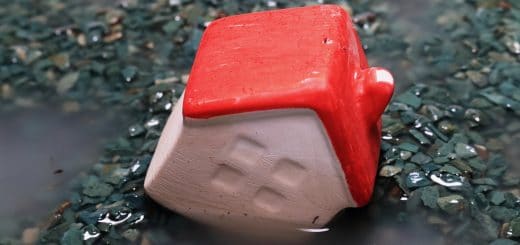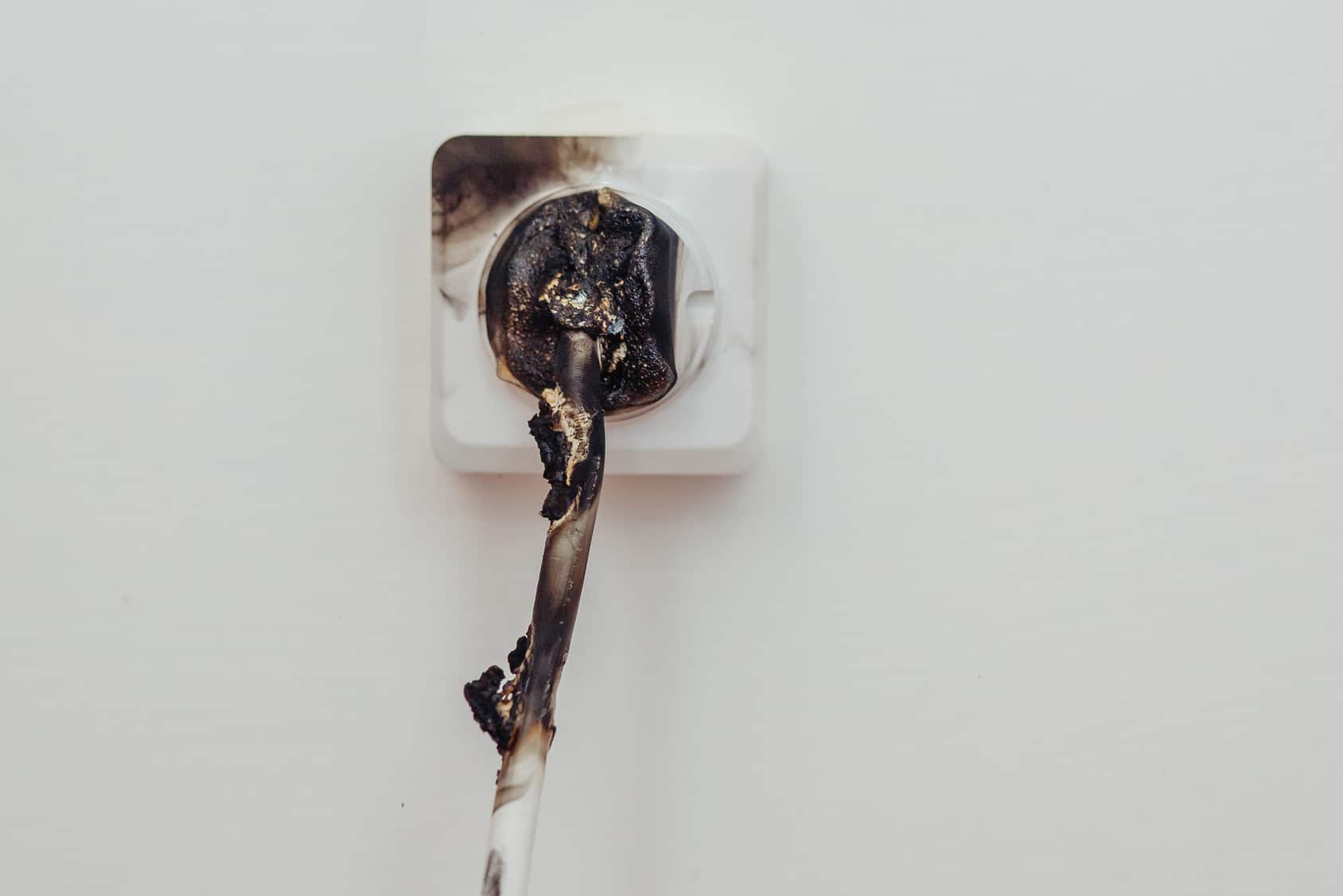Why You Should Have Your Property Restored Immediately After a Fire
Home and business fires are equally devastating. Not only do the flames cause physical damage, but the resulting smoke is just as disastrous to the lives and health of the property’s occupants. In the immediate aftermath of a fire, home and business owners should respond with urgency. A swift response counters the extent of smoke and fire damage and the associated corrosive substances.
Fire damage is classified into two distinct categories: (1) Primary damage revolves around the fire itself; (2) secondary fire damage is a result of the smoke and lingering substances emitted by the fire. Plus, fire damage can fall into any of six categories, from Class A to Class F. For instance, Class F fire damage is typically hotter than most fires and is fueled by cooking oils. Class E fire damage is a consequence of faulty electrical wiring. Class A fire damage is due to flammable materials, like cloth, paper and plastics, becoming ablaze.
No matter what type of fire damage your home or business experiences, prompt attention to the charred environment is crucial to a successful and less-costly restorationRestoration is the process of returning a property to its pr... More.
Smoke’s Hidden Reach
Smoke damage can occur in the most unexpected places. When a living room is engulfed in smoke, the bedroom closets and spaces behind the guestroom drapes can contain a surprising amount of smoke residueSmoke residue is the fine, oily, or powdery particles left b... More. The hotter air that results from fires causes molecules to rapidly spread, leading to smoke particles wafting through cooler parts of the home.
Smoke also easily travels through a property’s ductwork. The convenient passage allows smoke to infiltrate rooms that would have otherwise been unaffected by a fire. Given smoke particles’ unrestricted access to all parts of a home or building, a property owner may find smoke particles concealed underneath the bathroom sink or inside light fixtures.
Breathing in tiny sootSoot is fine black particles composed of carbon and other ma... More particles is a respiratory hazard. Plus, prolonged inhalation of or exposure to sootSoot is fine black particles composed of carbon and other ma... More particles can leadLead is a heavy metal that can be toxic to humans, especiall... More to illnesses, like cancer. A speedy restorationRestoration is the process of returning a property to its pr... More leads to breathing unpolluted air.
Foul Odors
Along with the sootSoot is fine black particles composed of carbon and other ma... More is the lingering presence of foul odors. Unpleasant odors can permeateTo permeate is to pass through or spread throughout a materi... More walls, ceilings and furniture. The noxious smells that result from fire and smoke damage should be removed quickly to permit a habitable living environment.
Pressure Buildup
Well-insulated buildings are ideal scenarios for smoke and pressure buildup. When a fire is extinguished by water, the structureStructure refers to the framework or components of a buildin... More has time to expand; the results are blown-out windows and doors and upheaved roofs. You can contain this damage with prompt restorationRestoration is the process of returning a property to its pr... More.
High Acidity
The high acidity level in sootSoot is fine black particles composed of carbon and other ma... More, a byproduct of fire, destroys natural elements, unless the damage is efficiently controlled. Metals can degrade through etching and eventual discoloration, and paints applied over metals fail due to the acidic environment. Smoke particles, which are magnetically charged, also cause short circuiting in electronics.
A fire’s byproducts and DIY cleanings are as harmful as smoke and fire. Chemical residues, like acids, heavy metals and hydrocarbons, can be hazardous if not handled by skilled professionals who understand the testing, cleaning and proper disposal methods.
Swift restorationRestoration is the process of returning a property to its pr... More after a fire is extinguished is a necessity, given the presented dangers of smoke, fire and their acidic byproducts. The longer a home or business owner waits to respond to a fire-destroyed structureStructure refers to the framework or components of a buildin... More, the further the smoke and fire damage will spread. Plus, stalling can leadLead is a heavy metal that can be toxic to humans, especiall... More to permanent damage. Home and business owners can lessen the severity of ruin with a call to a trusted fire and smoke damage restorationRestoration is the process of returning a property to its pr... More expert.
While a building owner may be inclined to begin cleanup before the experts arrive, attempting to handle certain aspects of the cleanup is not recommended. Washing soot-covered walls, for instance, only pushes the sootSoot is fine black particles composed of carbon and other ma... More deeper into the drywall. A home or business owner can, however, engage in specific tasks to lessen the destruction before professionals arrive. Such tasks include opening all windows and doors to allow adequate ventilationVentilation is the process of exchanging or circulating air ... More and placing multiple fans around the home to encourage clean air circulation. Doing multiple loads of laundry is advisable. Homeowners should only use washers and dryers that are unaffected by the smoke or fire.
Property owners who experience a fire in their building should immediately contact a licensed and insured fire and smoke damage restoration company. A homeowner’s insuranceHomeowner’s insurance is a policy that provides financial ... More company can offer solid leads to reputable professionals. Hiring a fly by night restorationRestoration is the process of returning a property to its pr... More service will cost the property owner significantly; dishonest fire chasing contractors offer shoddy workmanship and pressure victims of fire into signing contracts with inflated prices.
Once reputable fire and smoke damage professionals arrive onsite, they take several steps to return your property to its pre-disaster condition. Skilled technicians use technology that detects both visible and invisible damage. The affected contents in your home or business are removed for cleaning and dryingDrying is the process of removing moisture from materials, s... More, and held in the company’s secured, offsite location. All traces of sootSoot is fine black particles composed of carbon and other ma... More and smoke stains on the ceilings and walls are eliminated. Your building receives a sealing treatment, which protects the surfaces from smoke, sootSoot is fine black particles composed of carbon and other ma... More and ash remnants. To complete the project, the restorationRestoration is the process of returning a property to its pr... More team repaints the property or reconstructs damaged areas.
Even before your property experiences a fire, keep on hand the contact information for a trusted fire and smoke damage restoration company. Once the flames are extinguished, the licensed and insured restorationRestoration is the process of returning a property to its pr... More professional quickly dispatches skilled technicians to your property to assess the damage.
Fire and smoke damage restorationRestoration is the process of returning a property to its pr... More specialists work swiftly to contain the ruin. Heavy fire damage cleanup is performed, including fire damage cleaning, complete structural cleaning, smoke and sootSoot is fine black particles composed of carbon and other ma... More cleaning and property cleaning. All odors are efficiently removed, leaving furnishings and air spaces free of disagreeable smells. These professionals are thorough, with technicians cleaning out the ductwork to ensure the home or business occupants breathe clean air.












